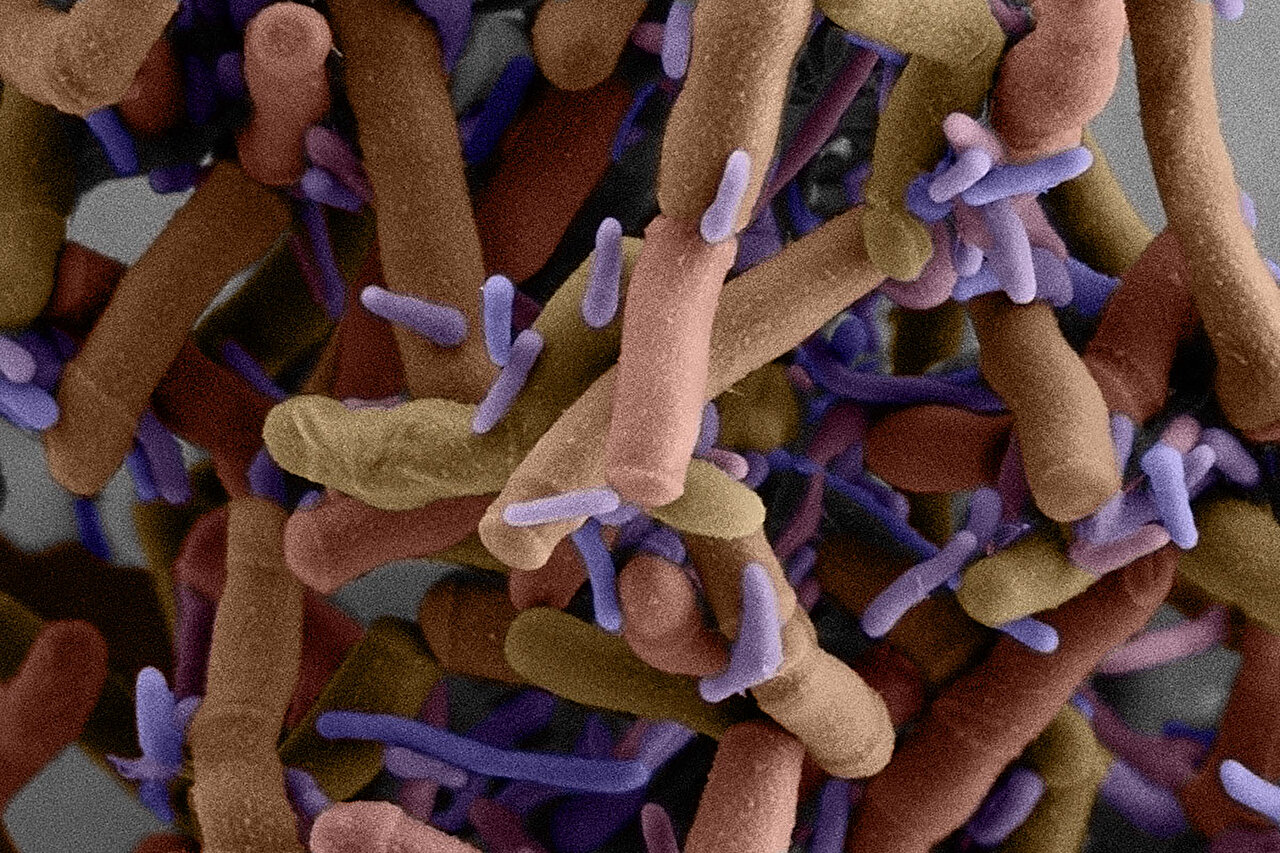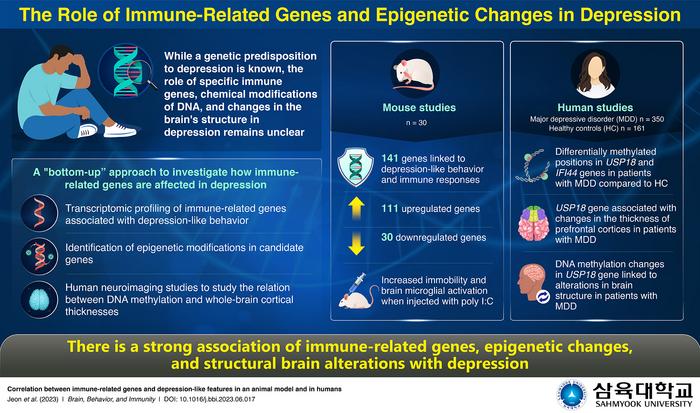A genetic variation discovered by an international team of scientists that exists only in people of African descent appears to halve the amount of HIV in the blood of people with HIV who are not on treatment. The set point is when the viral load in the blood stabilizes after the initial stage of infection, and determines how quickly HIV damages the immune system. This difference may protect against rapid disease progression and reduce infection, concludes the paper published in the journal Nature.
Several genetic factors have been identified that may influence the course of the infection. However, most studies on genetic determinants have focused primarily on people of European ancestry. Among the genes involved, mutations of the Human Leucocyte Antigen, or HLA, (proteins responsible for the regulation of the immune system) and the CCR5 gene have been found to have a significant negative impact on viral load levels after acute infection.
Given the large genetic diversity that exists in people of African descent and the burden of HIV in Africa, researchers are looking for genetic variation in people of African descent that may affect viral load.
While many variants were described with small effects on the amount of virus deposited in the blood, a specific variant found in 4 to 13% of people of African descent had a measurable effect that could significantly reduce viral replication.
Background
Without treatment, HIV infection follows a three-stage course. The first stage is called ‘acute infection’ and involves the virus entering the body, a ‘quiet period’ and a burst of viral replication that produces millions of copies of the virus. This phase lasts for the first two to three months of infection while the immune system is not yet ready. Once the immune system has developed the necessary tools to neutralize the virus, the amount of virus in the blood begins to decrease and the destruction of CD4 cells slows. This stage is called ‘chronic disease’ and can last for many years to over a decade before the loss of CD4 cells leads to the third stage known as AIDS. The chronic infection phase will be established when the immune and viral responses reach equilibrium. The viral load observed at the beginning of this phase is called the set point viral load. The local level of viral load influences the rate of CD4 cell loss and the progression of HIV disease.
Genetic diversity is essential for human survival. While we all have the same genes, there are slight differences in the sequence of these genes that can lead to different individual characteristics when expressed. These different types of our genes are called genetic variants. These changes can also affect responses to infectious agents.
An example of a genetic variation that has a profound effect on HIV is that found in the gene that codes for the CCR5 receptor. This receptor is expressed on the surface of certain immune cells such as CD4 cells. HIV needs a receptor to enter the cell and replicate inside; the delta variant however makes the receptor inactive and invisible to the virus, so it cannot enter and destroy the body’s cells.
Participants
The researchers looked at genetic factors that could lower the target viral load in 3,879 participants living with HIV of African ancestry. The majority of participants were African Americans (2,535 people) and a minority of Kenyans (147 people). Later, to confirm what they saw, they included genomic data from 1,197 people living in eastern and southern Africa and people of African descent living in Switzerland.
Results
Alongside known genetic variants, a new locus on chromosome 1 (the first pair of chromosome 23 in humans) was found to be associated with a lower viral load score. In the area related to the reduction of the set point of the viral load, 16 genetic changes were found to have different reducing effects on the viral load. The association site was found to involve four different gene sequences, among which was the CHD1L gene. More specifically, in the ‘rear’ non-coding region this was a different top layer (A) that halved the set point of the viral load. Between the high variant (A) and the CHD1L gene, a new corresponding variant was found to have a similar effect on the set point of viral load.
Following these findings, the researchers looked at the association of these variations in four nearby genes. Among the genes analyzed, the presence of CHD1L was significantly associated with sequence variants. CHD1L is a gene that encodes a helicase (a molecule involved in repairing DNA damage). That would make sense, as one way to eliminate viruses from the cell is to ‘cut’ them with the help of these error-correcting molecules. Furthermore, CHDL1 interacts with another molecule called PARP-1 that is involved in the integration of the HIV genome into the human genome and the activation of a key HIV regulatory protein, called Tat.
Given these results, the researchers concluded that CHDL1 may be responsible for reducing viral load while a different sequence may increase its expression or improve its activity.
To test and confirm the gene’s link to HIV control, they next tested their hypothesis by silencing or completely removing it from different cell types.
CHDL1 knockdown (silenced) and knockout (deleted) cell lines mostly showed increased rates of HIV infection and replication. Next, they tested this on macrophages, which are immune cells that play a major role in spreading HIV throughout the body during the early stages of infection. Macrophages also provide a hiding place where the HIV virus cannot be easily recognized or eliminated by immune cells. The researchers found that CHDL1 in macrophages reduces the replication of the virus.
To better demonstrate the importance of the effect of a high mutation (one with a significant reduction in the viral set point) found in this study, we can compare it with a known genetic variant called CCR5delta32. The latter, if it is present as a single copy inherited from only one parent leads to a significant reduction in the set point of the viral load compared to that achieved by the high diversity reported in this study. When two copies of the CCR5delta32 gene are found, one copy from each parent, then the person is immune to HIV infection.
To conclude
Differences in viral load associated with genetic variants identified in this study are likely to have modest effects on disease progression and susceptibility to infection in the general population.
Understanding more about the genetic factors that influence HIV’s ability to spread quickly after infection and persist in the body could help develop new treatments and prevention strategies, the researchers concluded.
References
McLaren PJ. continuous. Human-specific genetic variation in Africa near CHD1L associated with HIV-1 burden. Nature, published online, 2 August 2023.
https://doi.org/10.1038/s41586-023-06370-4
#genetic #variant #discovered #African #ancestry #halves #capacity #AIDS #virus





